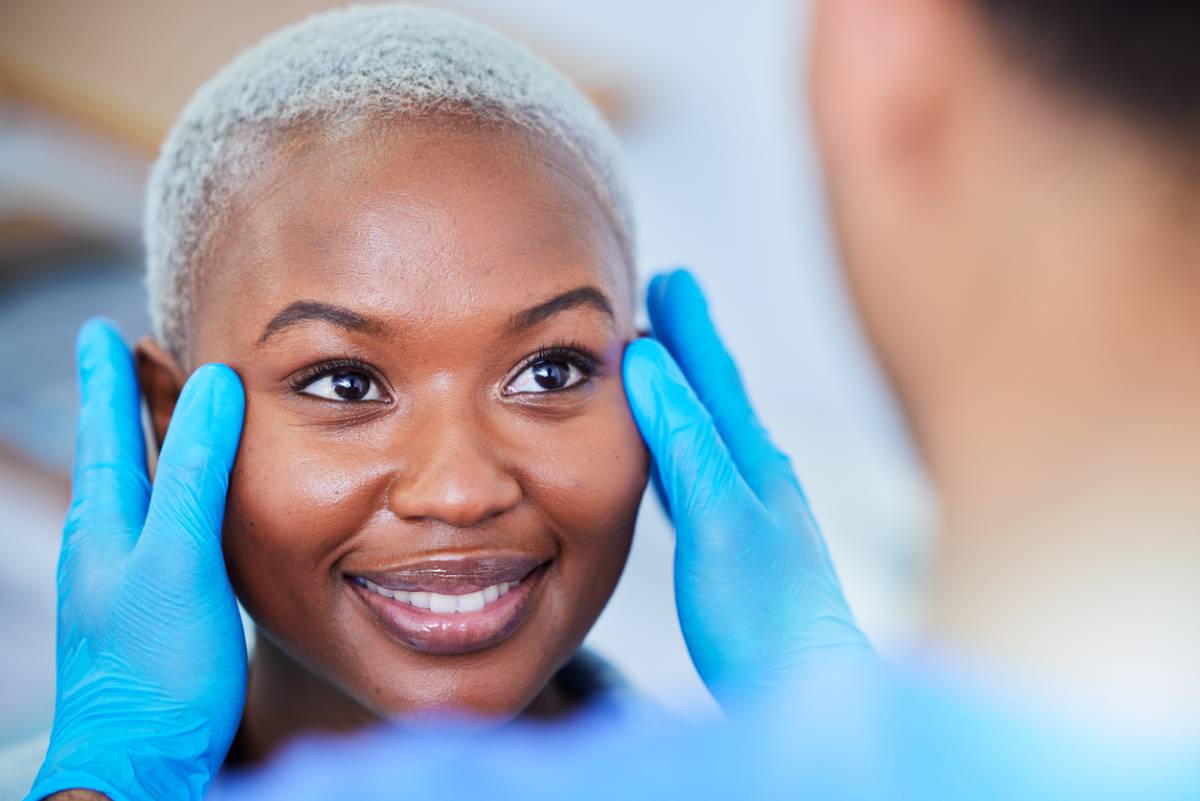How to Prepare for Facial Cosmetic Surgery
Cosmetic surgery is a procedure that can truly transform a person’s life. Its effects go far beyond the physical appearance of the patient as it also boosts the patient’s morale and self-confidence, empowering them to go after their goals, build better relationships with others, and enjoy a better quality of life. When looking at the power of cosmetic surgery, it is easy to understand why it is something that patients should prepare well for. Whether you are considering a facelift, a rhinoplasty, an eyelid surgery, or another procedure, it would be good to know how to prepare for facial cosmetic surgery. Proper preparation is an important factor in ensuring a safe and smooth process and optimal results.
How to Prepare for a Cosmetic Surgery
Choose the Right Surgeon
The first and most crucial step is selecting the right surgeon. Choose a licensed surgeon who has an excellent background in facial procedures. Do a thorough background check. Look for before-and-after photos of patients, and do not forget to read patient reviews. A good surgeon will provide detailed answers to all your questions about the procedure, risks, and expected outcomes.
Your Discovery Consultation
This is your first consultation with your surgeon. Be honest and open about your goals and expectations. Your surgeon will evaluate your facial structure, skin condition, and overall physical health to determine the best approach for your situation. Do not hesitate to ask about the recovery process, potential risks and complications, and whatever necessary pre-and post-operative care is needed for your particular situation. Inform your doctor about any supplements or medications you are taking and disclose all existing medical conditions you may have to ensure your safety and prevent any problems during or after surgery.
Your surgeon will give you instructions to follow during the weeks leading up to your procedure. Be sure that you strictly follow them. These instructions may include:
- Avoiding Certain Medications and Supplements: Discontinue any blood-thinning medications or supplements that you may be taking. This specifically includes ibuprofen, aspirin, and some herbal supplements like ginkgo biloba and vitamin E to help reduce the risk of excessive bleeding.
- Quitting Smoking and Avoiding Alcohol: Smoking can disrupt the healing process and may even increase the risk of complications. Alcohol can cause skin dehydration and negatively affect anesthesia.
- Adjusting Your Skincare Routine: You may need to adjust your skincare routine as your surgeon may recommend that you stop the use of some skincare products, especially those with steroids or strong acids.

Prepare for Recovery
Patients have different recovery times because everybody is different and because of the differences in the procedures. Still, good preparation will help you heal faster and make the process of recovery smoother.
- Follow a Healthy Diet: Make sure that your body is well-prepared not only for the surgery itself but also for recovery. You should also be mindful of what you eat and ensure that you are getting the nutrition your body needs. Eating nutrient-rich foods will help promote better healing. Ensure that you are getting a lot of vitamin C, A, and protein. Keep yourself hydrated.
- Arrange for Assistance: Ask someone you trust to take you home after your surgery. They can help you with the everyday chores and needs for the first few days.
- Set Up a Comfortable Recovery Space: Prepare your stock of essentials like extra pillows, cold compresses, soft foods, books, movies, or other forms of entertainment.
- Understand the Anesthesia Process: Different types of facial surgery will require different types of anesthesia. Your surgeon may use local anesthesia with sedation or general anesthesia. Make sure that you discuss this with your surgeon and anesthesiologist, especially if you have concerns or a history of reactions to anesthesia.
- Plan for Time Off from Work and Social Activities: Healing from cosmetic surgery takes time. The healing process involves bruising, swelling, and discomfort. Most procedures will require one or two weeks of downtime, but it can take several months before you fully recover. Plan a time off work and limit your social activities.
- Prepare Mentally and Emotionally: It is natural to be excited about the transformation that will result from the procedure, but it is also normal to have anxiety and second thoughts mixed with feelings of excitement. Prepare yourself mentally and emotionally by having realistic expectations. Focus on positive thoughts and connect with other people who have undergone similar procedures. Discuss your concerns with your surgeon so he can address your concerns and appease your worries.
- Stay Hydrated and Get Plenty of Rest: Drink plenty of water, especially during the weeks before your procedure. Proper hydration will help you get healthy skin. Rest and sleep, on the other hand, will strengthen your immune system and prepare your body for recovery.
- Avoid Sun Exposure: Protect your skin from the sun to avoid damaging it. Wear sunscreen and protective clothing if you need to go outdoors.
Start Your Journey Towards a Safe and Stress-Free Cosmetic Surgery Today
Proper preparation for cosmetic surgery has a great impact not only on the procedure but also on your recovery and results. By choosing a reputable surgeon and following their pre-operative and post-operative instructions, you can ensure a successful procedure. If you are considering cosmetic surgery, getting custom facial implants, or looking for a surgeon who can help you with your cosmetic goals, schedule a consultation with us to get started.


